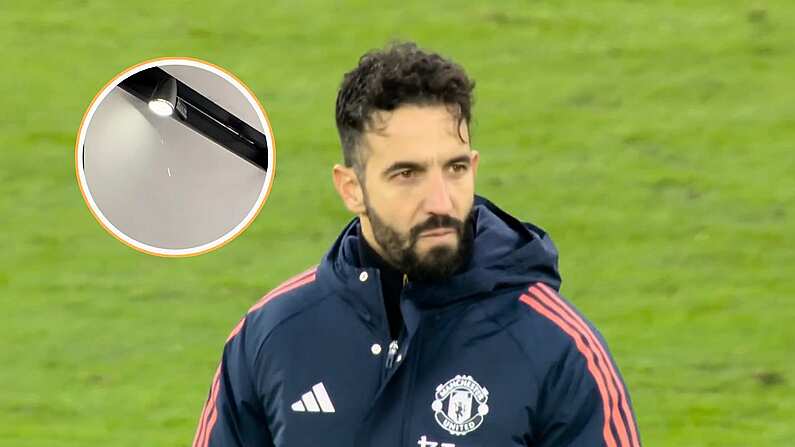UEFA's official website is currently running a 'Player Barometer' in the Euro 2016 section of their site, where they will keep power rankings for every player at the tournament throughout the duration of competition.
It's not formed on opinion, but rather an algorithm of stats that are so complicated they needed their own webpage explaining how the players ended up in the spots that they did. We've highlighted the most important parts of that explanation here to give you an idea:
The UEFA EURO 2016 Player Barometer tracks players' form in the build-up to and during the tournament. The Barometer runs official player statistics through a specially designed algorithm to create rankings based on player performances.
All players are assigned a primary position for which they are expected to play the majority of the time. The player categories are defined as: goalkeepers, full-backs, central defenders, defensive midfielders, central midfielders, attacking midfielders, wingers and forwards.
The data considered for each player is specific to the position type. For example, tackles and interceptions are considered to be key statistics for defensive midfielders, while successful dribbles and crosses are core stats for wingers. The algorithm uses player stats from all matches, club and national team, and updates after these matches are played. During UEFA EURO 2016, the rankings will update during every match.
As the Barometer acts as a form tracker, the more recent the match, the higher the weighting assigned to the data from it i.e. player stats from yesterday are given more significance than those from last week. If a player is not active (e.g. due to injury or non-selection), his ranking will decrease over that period of inactivity.
Additional weighting is attributed for quality of opposition using UEFA coefficients as the foundation of the values.
Got that?
If not, it basically means they're not messing about and that every player's ranking can be excruciatingly explained despite how ridiculous they may look.
So let's get down to the rankings.
There's no surprise that Cristiano Ronaldo is sitting pretty at #1, and the man Ireland must restrain in Paris, Zlatan Ibrahimovic, takes 2nd place, with Atletico star Antoine Griezmann rounding off the top 3.
4th place, however, brings about the first curious inclusion, as Liverpool and England midfielder James Milner has managed to make the spot his own. Sitting one place ahead of Dimitri Payet, two ahead of Koke, and four ahead of Toni Kroos, that means James Milner is currently the best midfielder in Europe. Statistically speaking of course.
Here is the top 25 as it stands right now.
1. Cristiano Ronaldo - Portugal
2. Zlatan Ibrahimovic - Sweden
3. Antoine Griezmann - France
4. James Milner - England
5. Dimitri Payet - France
6. Koke - Spain
7. Sergio Ramos - Spain
8. Toni Kroos - Germany
9. Juanfran - Spain
10. Marek Hamsik - Slovakia
11. Gareth Bale - Wales
12. Manuel Neuer - Germany
13. Hakan Calhanoglu - Turkey
14. Dele Alli - England
15. Paul Pogba - France
16. Mats Hummels - Germany
17. N'Golo Kante - France
18. Thiago Alcantara - Spain
19. Jordi Alba - Spain
20. Laurent Koscielny - France
21. Bruno Soriano - Spain
22. Harry Kane - England
23. Gerard Pique - Spain
24. Blaise Matuidi - France
25. Aritz Aduriz - Spain
So why is James Milner in the top 5 players in Europe right now?
Basically his stats, especially in terms of assists, have been through the roof for a midfielder since the start of 2016, and he just played in the Europa League final where, despite losing, his "key stats" according to UEFA were probably very high.
It may look mad but UEFA have got a clear and specific category and James Milner fits it to perfection. It must not factor in corners.
In case you were wondering, and you definitely were, the highest ranking Irish player is Shane Long at #49, with Robbie Brady at right behind him at #50.
You can view the list in full over on UEFA.com










